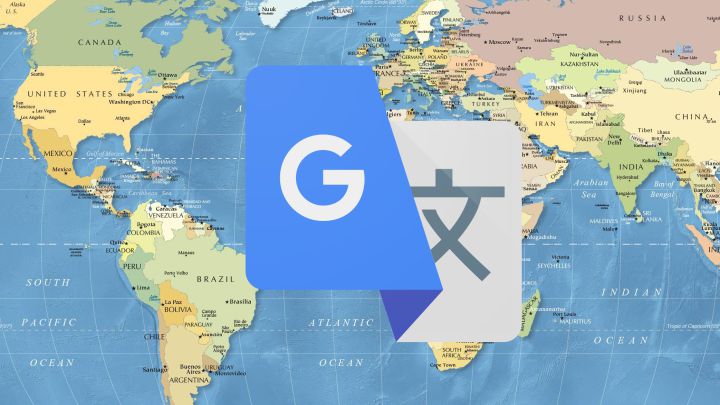Introduction:
Language obstacles must be overcome in order for communication, collaboration, and understanding to be successful in today’s globally connected world. Translation services like Google Translate are now essential for people and companies all around the world because to technological improvements. Google Translate has completely changed how language barriers are crossed because to its capacity to translate text, phrases, and even whole documents. We shall examine Traductor google outstanding characteristics in this post, paying special attention to its audio translation tools for Spanish to English. The advantages, difficulties, and potential uses of this priceless tool will all be covered in detail.
Traductor google Evolution
The digital behemoth known for its creative solutions, Google, is the maker of Google Translate. Google Translate was created with the intention of offering accurate translations between languages. The platform has experienced considerable development over time, and both its accuracy and utility have increased dramatically. A wide range of services, including as text translation, speech-to-text translation, and even real-time conversation translation, are available on Google Translate today, which supports over 100 languages.
Sound Translation’s Influence:
Traductor google capacity to convert audio between languages is among its most astounding functions. Especially when travelling or watching foreign-language media, this feature has proven to be of great value to people who want to grasp spoken language in real-time. Due to the fact that English and Spanish are two of the most extensively spoken languages in the world, millions of customers actively seek for products with this feature.
It’s not too difficult to translate audio using Google Translate. The Google Translate app or website allows users to enter a phrase, sentence, or even a full paragraph in English. The tool transforms the spoken English audio into written text after pressing the microphone button. The translated content is then produced quickly by Google Translate after the user selects the desired target language, such as Spanish. An additional element of the platform is audio playing, which enables users to fully immerse themselves in the Spanish-translated content.
Audio translation advantages include:
Improved Communication: Speaking with persons who speak other languages can be done effectively via audio translation. When it comes to business meetings, travel, and cross-cultural interactions, this capability comes in quite handy.
Language Learning: Traductor google audio traductor google ingles español audios function is a fantastic resource for language learners. Learning how to pronounce and speak more fluently involves listening to and repeating translated phrases.
Accessibility: Audio translation makes it possible for those who have hearing loss to take part in conversations or comprehend audio content that would otherwise be unavailable to them.
Convenience: Users don’t need to rely on manual traductor google ingles español audios or outside assistance when using the audio translation tool to understand spoken English content that is being said in Spanish.
Efforts and Resources Limited:
It’s important to recognise the limitations of Traductor google audio translation capability even if it has many advantages. Even though machine translation is constantly getting better, it nevertheless occasionally produces inaccuracies, especially when translating complicated language, idioms, or cultural quirks. When communicating something sensitive or significant, it’s crucial for users to use cautious and double check the translations.
The audio input must also be crystal clear and of high quality in order for the audio translation capability to function properly. The translation’s precision can be impacted by ambient noise, loud accents, and poor-quality recordings. But as technology develops, these constraints should be overcome, resulting in more precise and trustworthy audio translations.
The Projection of Audio Translation:
Promising prospects exist for audio translation. The capabilities of translation software like Google Translate will develop along with artificial intelligence and machine learning algorithms. Accuracy in translation, natural language processing, and contextual comprehension are all expected to improve significantly. Additionally, the integration of voice recognition and neural networks may further enhance audio translation capabilities, resulting in more nuanced and contextually accurate translations.
Conclusion:
Google Translate, with its powerful audio translation feature, has transformed the way we break language barriers. By enabling real-time translation from English to Spanish and vice versa, it has revolutionized communication, language learning, and accessibility. While it is not without limitations, the continued advancements in technology will undoubtedly improve the accuracy and reliability of audio translation. As we move forward, the potential for audio translation to bridge gaps and foster global understanding is immense. With Google Translate leading the way, a world without language barriers is within reach.

